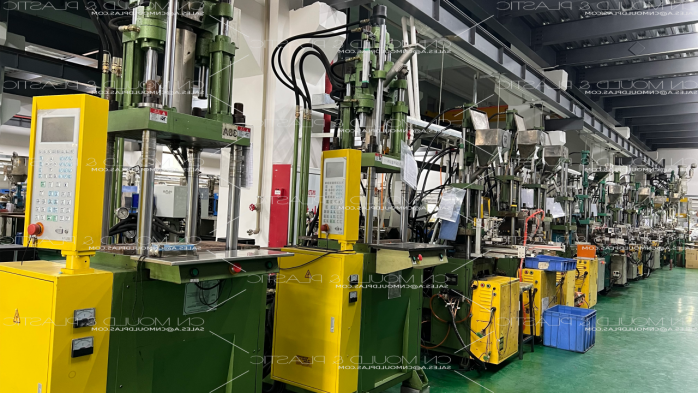The injection molding process cycle is very short, typically lasting between 2 seconds and 2 minutes, and consists of four stages:
The most common apparent defects of the injection parts are weld mark, warpage, short shot, shrinkage, riding, overflow, crack, deformation and so on.
1. Analysis of the causes of short shot
Improper equipment selection.
Insufficient material supply.
Poor flow performance of raw materials.
Unreasonable Runner System design.
2. Analysis of overflow
Clamping force is insufficient .
Mold temperature is too high.
Improper injection molding process.

When the parts are removed from the mold, appropriate post-processing is often required to improve the performance of the plastic parts. The post-processing method of the product mainly refers to Annealing Treatment and Humidity Treatment.
Annealing Treatment
Annealing Treatment is the heat treatment process of heating the product to a certain temperature and holding heat for a certain time. Its function is to reduce the internal stress caused by the inconsistent cooling rate of the plastic parts in the cavity. Generally, the Annealing Temperature is controlled at 10~20 ° C above the use temperature of plastic parts, or lower than the thermal deformation temperature of plastic parts 10~20 ° C.
Humidity Treatment
It is mainly used for plastic parts such as polyamide with strong hygroscopicity and easy oxidation. Parts with metal inserts, large temperature ranges, high dimensional precision requirements and large wall thickness often require Humidity Treatment.
1. Injection process
Mold temperature change can not be too large.
Appropriately increase the injection pressure.
Appropriately increase the injection speed and extend cooling time.
2. Molding materials
The particles of the material should be uniform, which will cause the material to be heated and cooled evenly.
Use materials with low hygroscopic properties or reduce moisture by drying to reduce shrinkage
3. Mold
Accurately design the size and dimensional tolerance of the molded parts.
Increase the gate area and shorten the length of runner.


